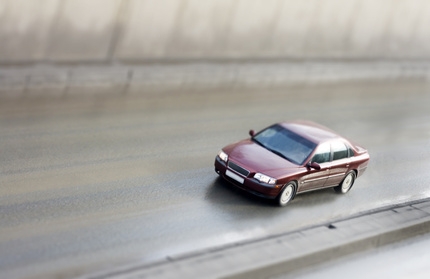
Car safety features take a front seat when deciding on a new or used car. They can make a big contribution toward reducing injury for driver and passengers in an accident. The National Highway Traffic Safety Administration (NHTSA) encourages consumers to give top priority to obtaining safety features like lane-departure warning, electronic stability control and collision warning. Some features, such as safety belts, are mandatory just about everywhere. Belt protection can be supplemented by head restraints and air bags.
Head restraints is a feature built into vehicle seats to limit head movement during a rear-impact crash. It is designed to prevent whiplash and other neck injuries. Head restraints can be installed on front and rear seats. There are minimum requirements for the size and strength of front-seat head restraints. Two types of head restraints exist; manual and dynamic. Manual head restraints must be adjusted by hand while dynamic head restraints adjust automatically with the position of the body. The dynamic head restraints offer better protection than manual head restraints.
Air bags are important because they mitigate the effect of an impact on vehicle occupants by inflating to prevent injury from being slammed into the car by the impact of a collision. Hitting a windshield, dashboard, steering wheel or side door can cause serious injury.
Seat belts hold car occupants in their seats in the event of collision. This prevents passengers from impact with the car interior or being tossed from the vehicle in an accident. Seat belt designs feature adjustable upper belts to accommodate a passenger's size and seat belt pretensioners that retract to remove excess slack in the event of collision. Most cars have a warning system in the form of lights or audible sounds to remind car occupants to fasten their seat belts.

Head injury protection is a feature built into the trim of a vehicle interior to protect car occupants from injuries resulting from striking their heads against the upper interior. Foam, a similar material or air bags are used to protect passengers from hitting the roof. Head airbags are designed to deploy in certain conditions, for example, in the event a car rolls over. Others will deploy during side impacts.